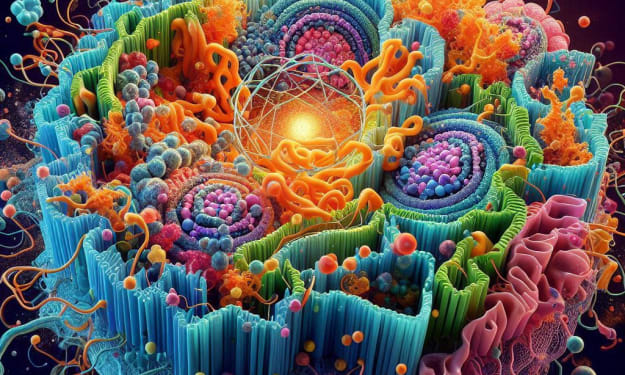How history repeated itself in past 100 years
Dive into recent history
Hi, This is a more detailed and expanded version of how history has repeated itself in the last 100 years.
World War I and World War II:
The First World War broke out in 1914, marking the first modern, industrialized conflict that involved multiple nations. It lasted until 1918, leaving over 17 million people dead and 20 million injured. The aftermath of World War I saw the Treaty of Versailles being signed, which placed harsh penalties on Germany and led to widespread economic depression and political instability in Europe.

The Second World War began in 1939, just 21 years after the end of the First World War. It was even more devastating, resulting in the deaths of approximately 75 million people, including six million Jews during the Holocaust. World War II saw the rise of fascist leaders like Adolf Hitler, who sought to expand their empires through military force.
The recurring event here is the tendency for world powers to engage in large-scale, devastating wars that result in immense loss of life and destabilization of entire regions. While the causes and contexts of the two world wars were different, the scale and impact of both conflicts were eerily similar.

Economic recessions:
The 20th century saw multiple economic recessions, each with its own distinct causes and impacts. The most significant of these was the Great Depression of the 1930s, which was caused by a combination of factors including the stock market crash of 1929, overproduction of goods, and a lack of government regulation.
The 1970s saw a period of stagflation, where the combination of high inflation and high unemployment caused significant economic hardship. The 2008 global financial crisis was triggered by a housing market collapse and resulted in widespread job losses, bankruptcies, and home foreclosures.
The recurring event here is the tendency for economic systems to experience periodic crises, often triggered by factors like overproduction, speculation, and lack of government regulation. The resulting economic instability and hardship can have far-reaching social and political impacts.
Other notable events that demonstrate how history has repeated itself in the last 100 years include:

Rise of authoritarian regimes:
In the 20th century, there were several instances of authoritarian leaders coming to power, often through undemocratic means. Examples include Adolf Hitler in Germany, Joseph Stalin in the Soviet Union, Mao Zedong in China, and Saddam Hussein in Iraq. These leaders often used propaganda, censorship, and violence to maintain power, resulting in widespread human rights abuses and political instability.

Civil rights movements:
Throughout the 20th century, there were several civil rights movements aimed at achieving greater equality for marginalized groups. These included the African American civil rights movement, the feminist movement, and the LGBTQ+ rights movement. These movements often involved peaceful protests, civil disobedience, and grassroots activism, and ultimately led to significant social and political change.

Technological advancements:
The 20th century saw significant technological advancements that transformed the way we live and work. These included the development of the internet, computers, and mobile phones, as well as advancements in medicine and transportation. While these advancements have brought many benefits, they have also raised concerns about issues like privacy, automation, and job displacement.
In conclusion, the last 100 years have been marked by a series of events that demonstrate how history has repeated itself in various ways. Two recurring events are the tendency for world powers to engage in large-scale wars and for economic systems to experience periodic crises. By examining these patterns, we can gain insights into the factors that contribute to these events and work towards preventing them from happening again in the future.
About the Creator
Enjoyed the story? Support the Creator.
Subscribe for free to receive all their stories in your feed. You could also pledge your support or give them a one-off tip, letting them know you appreciate their work.






Comments
There are no comments for this story
Be the first to respond and start the conversation.